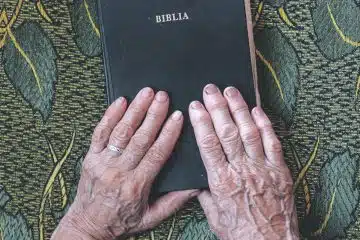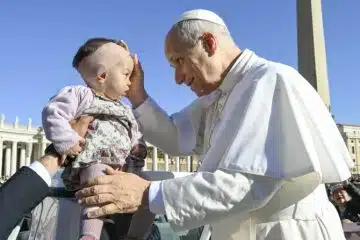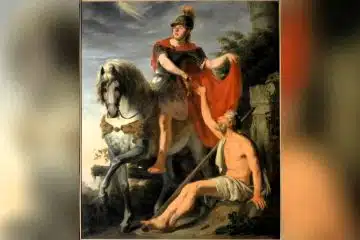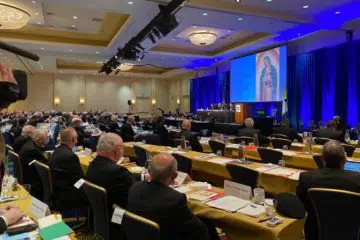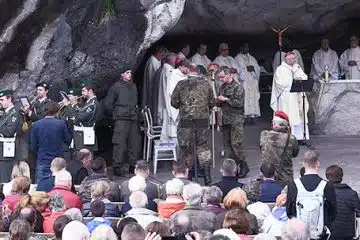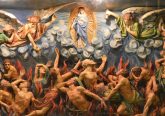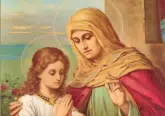A Question of Faith for October: Where did the rosary come from?
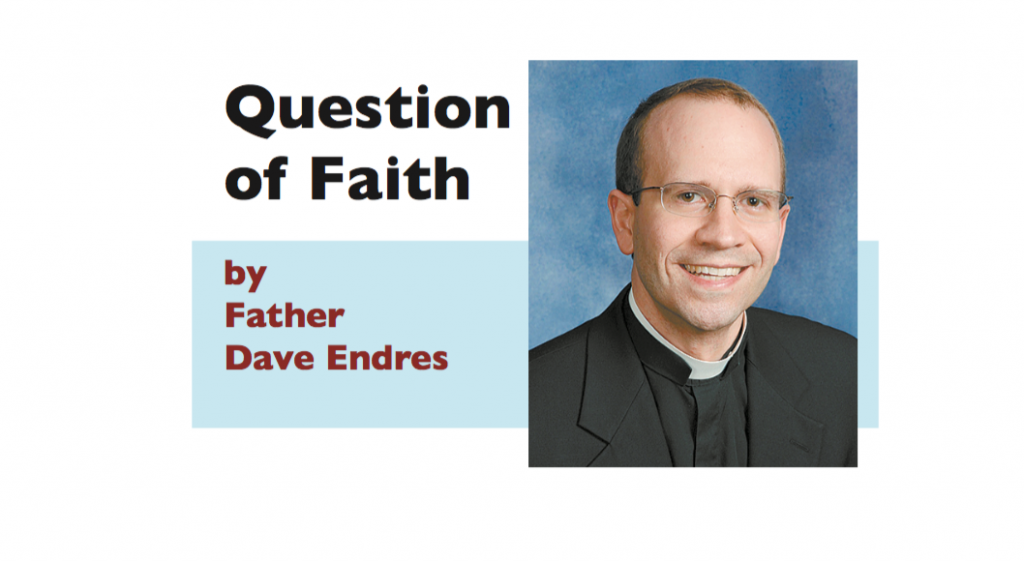 Q: Where did the rosary come from?
Q: Where did the rosary come from?
A: The practice of praying the rosary is ancient. The rosary is often linked to St. Dominic de Guzman, the founder of the Order of Preachers (Dominicans). According to tradition, the Blessed Mother appeared to St. Dominic in southern France in the early thirteenth century. Mary gave him the rosary and instructed him to spread the devotion hrough his preaching.
There is evidence that the practice of praying the rosary predated the time of St. Dominic. It likely developed gradually in the ancient church as devotions to Jesus and Mary evolved and converged. It appears to have monastic roots. The church has a long tradition of monks reciting the 150 psalms. The monks in Egypt, known as the desert fathers, used knotted ropes or even small stones to count prayers by the third and fourth centuries. By the 12th century, the practice of substituting an Our Father or a combination of Hail Marys and Our Fathers for the 150 psalms developed.
Eventually, the practice of offering these prayers using a knotted rope for counting became commonplace. The substitution for the 150 psalms was fixed at five “decades” (sets of 10 Hail Marys) that accompanied a meditation on a mystery of the faith, usually an event in the life of Jesus or the Blessed Mother.
By the 15th century, the series of prayers began to be called the rosarium (literally, rose garden), a common term for a collection of similar items. In this case, the recitation of these common prayers formed a “rose garden” for Mary: a rosary.
Even though St. Dominic may not have been the first to pray the rosary, he and his order have had the most significant role in spreading the devotion. They accomplished its spread through their preaching, writing, and promotion of the Confraternity of the Rosary, a group of laity committed to spiritual growth through the rosary. The rosary became very popular over the centuries. Easy memorization of the prayers and its portability helped it to appeal to clergy and laity as it still does today.
In the 16th century, the popes promoted the devotion for Catholics throughout the world. Pope Pius V established the liturgical feast of Our Lady of the Rosary (originally, Our Lady of Victory) in 1573 after a naval battle which proved a turning point in repelling the advance of Islamic forces in Europe. The victory was attained at the Battle of Lepanto after the pope had asked the Christian faithful to fast and pray the rosary. The feast of Our Lady of the Rosary was originally celebrated on the first Sunday in October (now commemorated every Oct. 8).
The church has continued to promote the devotion. In the late nineteenth century, Pope Leo XIII reminded the faithful of the rosary’s importance by writing twelve encyclical letters. In 2002, Pope John Paul II introduced a new set of mysteries of the rosary. In addition to the traditional sets of mysteries (joyful, sorrowful, and glorious), new mysteries of light (luminous mysteries) were introduced. The new mysteries correspond to events in the life of Jesus described in the Bible.
Though the practice of praying the rosary declined in the second half of the 20th century, many Catholics have rediscovered the rosary. The rosary is prayed as a private devotion or communally, especially among families. Parishes facilitate Marian devotions, including the praying of the rosary during the months of May and October, months especially marked out for devotion to Mary.
Father Endres is dean of Mount St. Mary’s Seminary of the West and the Athenaeum of Ohio. Send your question of faith to [email protected].


